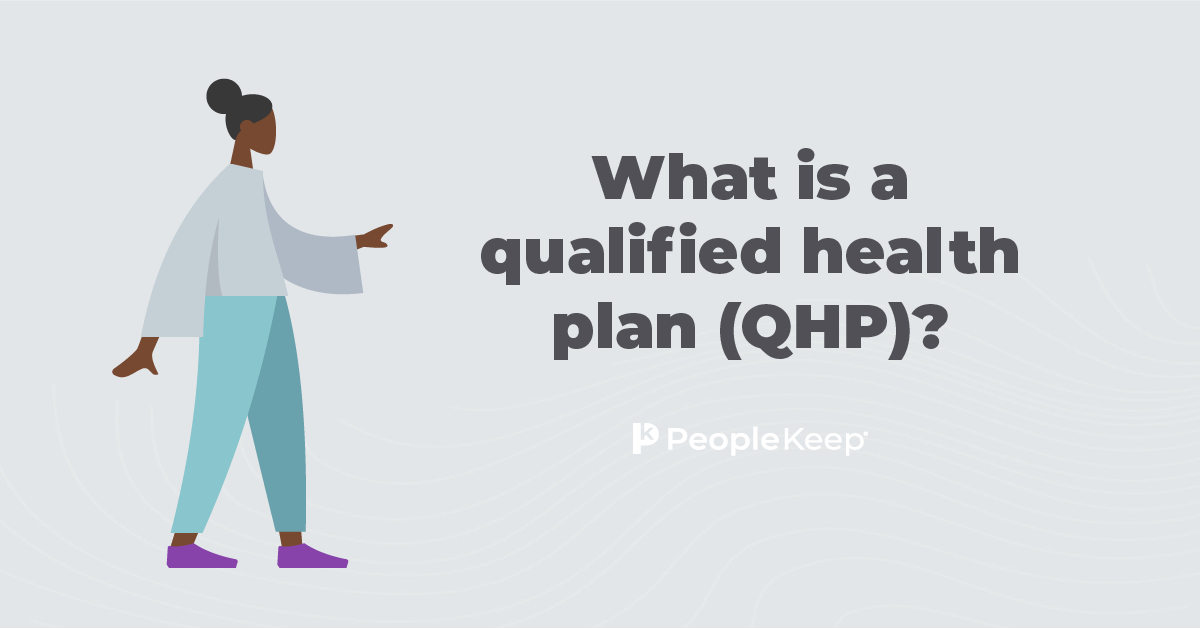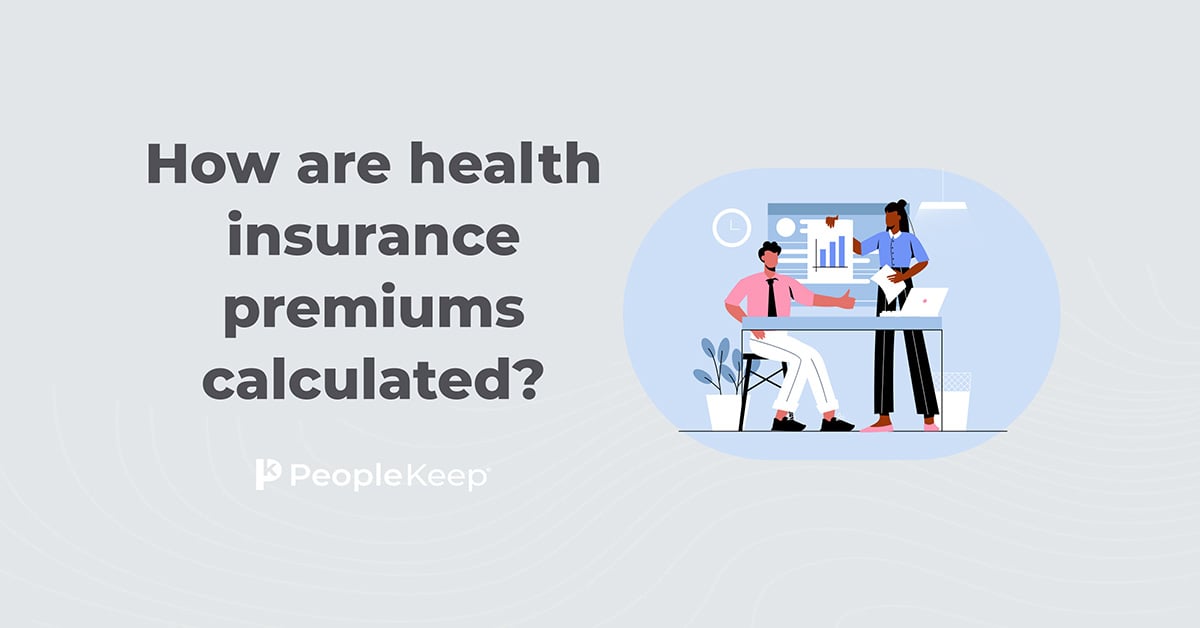How age impacts your health insurance costs
By Elizabeth Walker on May 23, 2025 at 10:00 AM
Whether you’re sick, injured, or have unexpectedly high medical costs, health insurance is a safety net that keeps you from paying more out-of-pocket than you would without it. But to calculate a rough estimate of what you’ll spend on health coverage, you must know your policy’s premium rate and cost-sharing amounts, such as your annual deductible.
The older you get, the greater risk you pose to health insurance companies. This means your insurance premiums will likely rise as you get older. But, insurance carriers must follow specific regulations regarding setting annual premiums based on a person's age.
Below, we’ll discuss how age can impact your actual premiums and what options you have to keep your healthcare costs as low as possible.
In this blog post, you’ll learn:
- How age affects health insurance premiums and what insurers are legally allowed to consider when setting your monthly rate.
- How federal and state rules limit how much average premiums can increase with age.
- What financial assistance and alternative coverage options are available for older and younger individuals.
What can insurers use to determine your health insurance premium?
Due to the Affordable Care Act (ACA), health insurers have limited factors they can use to set plan premiums. If you’re considering enrolling in an individual health plan for the first time or want to revise your current plan during Open Enrollment, it helps to know what can affect your monthly premium.
The factors insurers can legally use to determine the cost of health insurance on the ACA Marketplaces:
- Age
- Location
- Tobacco use
- Household size (i.e., individual or family enrollment status)
- Level of coverage or type of metal plan tier (i.e., platinum, gold, silver, or bronze plans)
Insurers can’t use the following factors to determine your monthly payments for individual plans:
- Your current health status or medical history
- Any pre-existing conditions
- Your sex
However, if you have a group health plan through your employer, pre-existing conditions and your company’s claims value may influence costs. This tends to influence the costs for all employees of the company as a whole.
How age affects your health insurance costs
One of the most significant factors affecting your health insurance rate is your age range. Before the ACA, insurers were free to set their own rules regarding pricing for different age ranges. It was typical for older enrollees to pay almost five times more than younger enrollees1.
But now, there’s a limit to how much more insurance companies can charge based on age. The federal government implemented rules to ensure insurers couldn’t charge older adults drastically more than younger policyholders, even if they expect these adults to seek more medical care.
Here are the basic rules:
- Anyone 64 or older can’t pay more than three times the base monthly rate, which is the premium for a 21-year-old.
- Average rates gradually rise as policyholders age, with the most significant increase occurring after age 50.
- Individuals younger than 21 pay a fraction of the base rate. This is because they tend to be healthy with fewer risk factors for chronic conditions or critical illnesses.
Why do health insurance premiums increase with age?
There are many reasons why health insurers increase your annual premiums as you age. These include the increased potential for health risks, more frequent medical expenses, and a higher chance of experiencing critical illnesses.
Increased health risks
Your age helps insurance companies estimate how much you’ll use your health plan. As you age, health risks are more likely to increase. This means you’ll have a greater chance of needing hospital care for illnesses, injuries, and other medical conditions.
For insurers, this places you at a higher risk of making a claim. Insurance companies will ask for a higher premium to offset potential claims from the extra medical services you’re more likely to need.
More frequent healthcare expenses
Older individuals generally need more money to cover their medical expenses, such as routine healthcare treatments and surgeries. You may need more coverage to pay for your routine medical costs. This, in turn, directly impacts your average health insurance premium.
Determining your risk factors and estimating health-related expenses as you age becomes more challenging. This is why health insurance companies set the federal age cap for older individuals buying a new medical policy at around 65–80 years old.
Critical illnesses and pre-existing conditions
Aging also comes with a higher chance of getting a critical illness. These medical conditions can result in costly out-of-pocket expenses.
Critical illnesses include ailments like:
- Stroke
- Cancer
- Kidney failure
- Heart attack
- Cardiovascular issues
If you want your insurance company to cover you against these conditions, consider adding critical illness coverage to your plan type or choosing a higher metal tier. Either way, you’ll likely pay a higher plan premium amount.
Additionally, older individuals are more likely to have pre-existing health conditions, such as diabetes, high blood pressure, or asthma. Insurance companies can’t use a pre-existing medical condition as a reason to charge you more for individual insurance. But the condition might be more severe when you’re older, thus requiring more medical care and prescription drugs.
Are there any state exceptions to the federal age rule?
A few states set their own standards for determining medical insurance rates. Per the federal government rule, insurance companies aren’t allowed to increase the overall premium for older individuals above three times the base rate. But states can narrow the gap even further between the premium costs paid by their youngest residents and those incurred by their oldest residents.
This makes plan premium prices more equal. But it may also mean younger people will pay more than they would in a different state, while older people will pay less.
The following states have set their own guidelines regarding age2:
- New York and Vermont: These states don’t allow insurers to use age factors to determine coverage rates. Therefore, their actual premiums don’t vary based on age.
- Alabama, Mississippi, and Oregon: The federal rule applies to people 21 and older. But, people younger than 21 in these states pay a premium of 37% less than the base rate.
- Massachusetts: This state has its own rating rules for all age groups. For instance, anyone younger than 21 or older than 49 pays less than the federal standards.
- Minnesota: The federal rule applies to people 21 and older. Minnesota uses 89% of the base health insurance rate for all policyholders younger than 21.
- Utah: This state follows federal rules for the 64-and-older age group. However, rates increase sharply after age 21. By age 59, policyholders may pay as much as three times the rate of a 21-year-old.
- Washington, D.C.: Age doesn’t impact health insurance rates as much in D.C. as in other states. Rates will rise with age, but the increase is slower.
How premium tax credits can offset higher premiums
Now that you know how age affects your health insurance premiums, you may wonder how you can get financial assistance if you have a higher-than-average premium.
If you enrolled in a health plan on a public health exchange, like the federal Health Insurance Marketplace, you may qualify for premium tax credits to help pay for your insurance premiums.
Because marketplace premiums are up to three times more costly for older individuals, a subsidy may reduce the plan’s cost to an affordable price. These premium subsidies can offset the cost of any metal tier plan, including health insurance plans that are less expensive than the benchmark silver plan tier.
The American Rescue Plan also included temporary additional premium subsidies for people who buy a policy on the federal marketplace. The Inflation Reduction Act extended these subsidies through 2025.
These extra cost-saving subsidies reduce the percentage of income that individuals have to pay for comprehensive coverage and eliminate the subsidy cliff. A subsidy cliff is when the premium tax credit eligibility ends, typically at a household income of 400% of the poverty level.
This especially helps older enrollees, as their higher premium costs make the subsidy cliff more significant than it is for younger enrollees.
Age-based health insurance options
If you’re an older individual, you’ve probably had an employer plan at some point. Employer-provided health insurance is the traditional way of insuring employees. Employers pay a fixed premium to an insurance carrier covering employees’ medical claims.
Group health insurance can help employers retain their best employees and enhance workplace satisfaction. Our data shows that older employees are more likely to feel their employer values their physical health. This may be because older employees tend to need medical care more frequently.
But employer-provided health insurance can be expensive and offer insufficient coverage for every employee’s healthcare needs. Luckily, you have a few other health insurance coverage options if you don’t want or don’t have access to an employer-sponsored plan.
Medicaid
If you meet income requirements, you may be eligible to enroll in your state’s federally funded Medicaid program. Medicaid provides coverage for those with limited incomes and resources.
Eligibility for this type of health insurance depends on your income, family size, and whether your state has adopted the expanded form of Medicaid. In states that have expanded the Medicaid program, the federal government has set the household income limit to 138% of the federal poverty level (FPL)3.
Medicare
If you're 65 and paid into Social Security while working, you’re automatically eligible for Medicare. Medicare is a government health insurance program for people aged 65 and older and those with disabilities or end-stage renal disease (ESRD).
Once you're on Medicare, you can enroll in a Medigap or Medicare Advantage plan to help with costs not fully paid by Medicare. While some Medigap rates are age-based, Medicare Advantage plans don’t count age as a factor.
Suppose you’re still working at 65 and have health insurance coverage under an employer-sponsored group plan at a company with 20 employees or more. In that case, you don’t have to enroll in Medicare immediately.
But you may want to enroll in Medicare Part A anyway—even if you have group health coverage already. It won’t cost you anything, and this way, Medicare can serve as your secondary insurance and pay for anything your employer-sponsored health plan doesn’t cover.
Options for younger individuals
Your options as a younger individual or student depend mainly on whether your parents’ plan covers you, your income level, or if you’re employed.
If you are under 26 years old, you have three options for getting health insurance if you don’t have a plan through your employer:
- Depending on your income, you may qualify for Medicaid.
- You can stay on your parents' health insurance policy until age 26.
- New York allows parents to extend health insurance coverage for children up to age 29 under the “Age 29” Dependent Coverage Extension law4.
- You can buy individual coverage that covers essential health benefits through a public or private health insurance exchange.
If you’re under age 30 or have a financial hardship or affordability exemption, you may qualify for a catastrophic plan. This type of health insurance provides coverage for serious illnesses or emergency services.
Conclusion
Your age is the most critical factor in determining your health insurance premium. If you're an older individual concerned about premium costs, don’t worry. Getting an affordable health insurance plan that meets all your medical needs is possible. Take the time to compare your options, explore potential financial assistance, and pick the right health coverage. By having health insurance, you’ll be better able to stay as healthy as possible at any age.
This article was originally published on December 17, 2020. It was last updated on May 23, 2025.
1. How the Affordable Care Act has affected health coverage
2. How age affects health insurance costs
Check out more resources
See these related articles

What is a qualified health plan (QHP)?
Learn the ins and outs of qualified health plans (QHPs), including how they’re categorized and how you can enroll in one.

How are health insurance premiums calculated?
Ever wonder how health insurance premiums are determined? This comprehensive blog breaks down the factors that influence the cost of your health insurance.

What is a short-term health insurance plan?
Discover the benefits of short-term health insurance and how it can provide temporary coverage during transitions or gaps in your healthcare.



